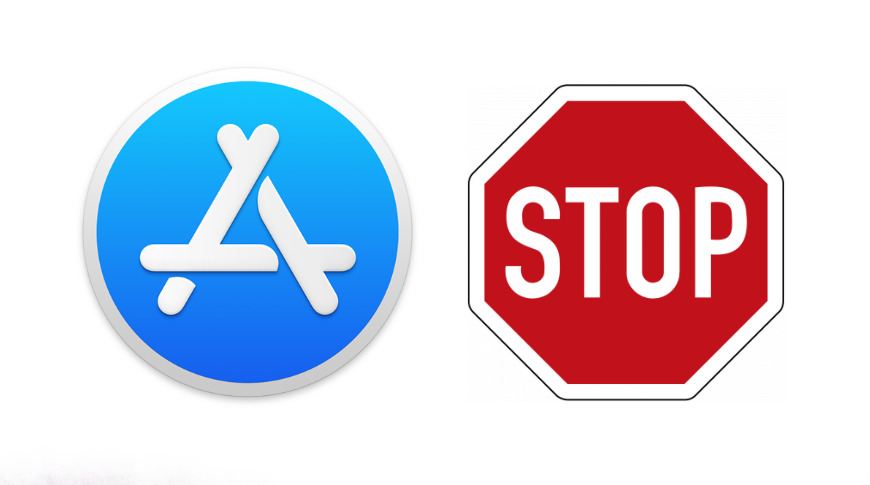

Albeit there are several ways to force quit an app on Mac computers, there are also instances where the Force Quit functionality doesn’t work.
#Force quit all apps mac Pc
Luckily, OS X apps are generally quite well behaved.When an app is unresponsive or working incorrectly on your PC or mobile device, forcefully closing and reopening the app is an effective troubleshooting solution. Generally speaking, if you have enough memory, and your apps are well behaved in terms of sucking on your battery, then whether you quit or close is not going to matter. Again Activity Monitor is your friend in determining whether any of your apps are causing problems. So memory, CPU, battery can all be consumed.

#Force quit all apps mac windows
Of course, in a memory tight situation, OS X automatically removes apps from memory which have been quit so that the memory can be available for something else.Īpps which you have closed all windows for, but not quit, can effect the system. If the app is still in memory, OS X only has to start it again. This is why quitting and reopening an app is faster than the first time you started it. Adding to the confusing around this is the fact that even though you quit an app, OS X doesn't remove it from memory until it needs the space for something else. Then you probably want to ensure apps are quit to make more memory available.

It's going to depend on such things as how much memory your system has, what the apps are, how well are they written etc.įor example, if you have a small amount of memory and checking Activity Monitor shows little memory available, or a lot of swap space being used. Features such as Compressed Memory and App Nap keep your Mac running fast, and save power when many apps are open. You don’t have to quit apps once you’re done working in them - OS X allows you to work with several apps open at once. OS X internally has a lot of optimisations like App Nap which help to keep background apps' effect on system resources to a minimum: In overall, to answer your question about how it hits system efficiency, memory and battery: OS X handles it properly and does as much as possible to optimize efficiency, unless the Application itself is written poorly. There are a bunch of those utilities that close applications when you click the the red close button. You may also want to overload the default behaviour, and to make it like in Windows OS, but you need to use separate utilities (like RedQuits). For unresponsive apps: Force Quit ( ⌘ cmd+ ⌥ alt+ esc).Using Activity Monitor: Applications> Utilities> Activity Monitor.At the bottom of this list is the Quit option. Using contextual menu (or application's menu): Go to the Dock at the bottom of the screen and find the icon for the app, then right click (or ctrl+ click) to bring up the contextual menu.If you want to quit the app (release the memory, reduce CPU usage, etc) then there are several ways to do this: If you want to quit an app, click the app’s name in the menu bar, then choose Quit. When you close an app’s window, the window closes, but the app remains open. Here's more information from Apple's support pages: When you press X button in the window - you actually close the windows related to the app, but it does not quit. One of Mac's most confusing features is the red close button, which you think would shut down an application but often doesn't.


 0 kommentar(er)
0 kommentar(er)
